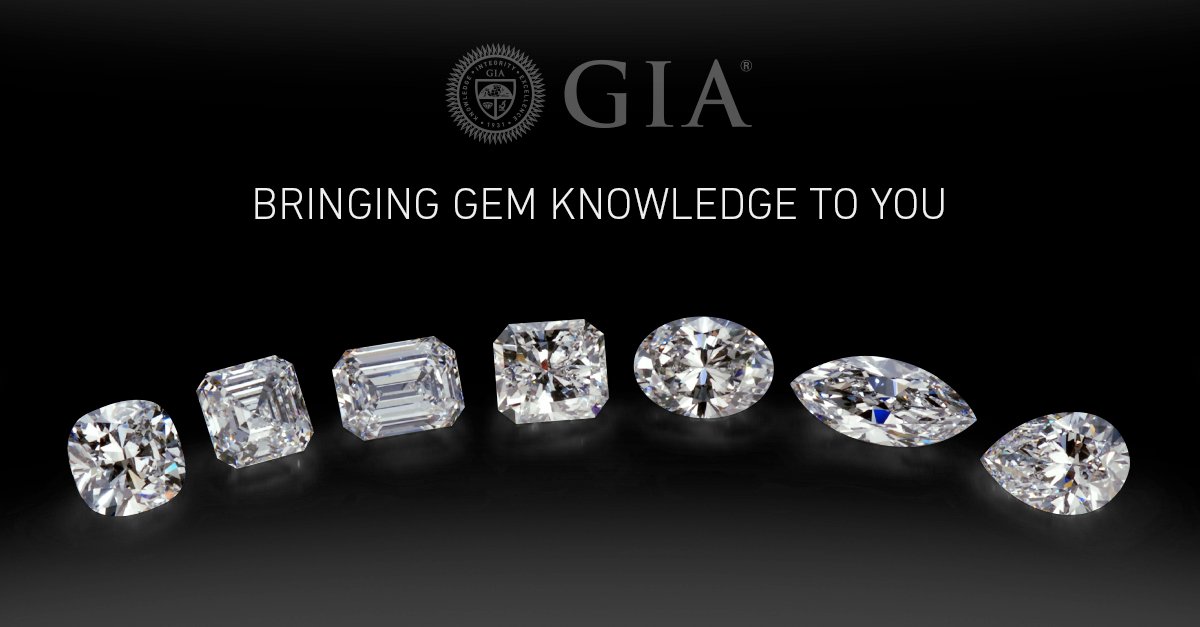For centuries, diamonds have captivated human fascination, embodying the pinnacle of luxury, beauty, and enduring strength. Diamonds have traditionally been mined from deep within the Earth, where they were formed under intense pressure and heat over millions of years. However, with technological advancements, the emergence of lab-grown diamonds has posed a challenge to the traditional diamond industry. This article delves into the fascinating world of Natural Diamonds vs. Lab-Grown Diamonds, investigating their origins, characteristics, ethical concerns, and the changing dynamics of the diamond market.
Part One: Natural Diamonds: A Geological Wonder
1. The Formation Procedure
Natural diamonds, also known as “earth-mined” diamonds, form deep within the Earth’s mantle. Carbon atoms are subjected to extreme pressure (725,000 pounds per square inch) and high temperatures (2,200 to 2,900 degrees Fahrenheit) to begin the process. This combination causes the carbon atoms to crystallize, resulting in the formation of diamonds over millions of years. Volcanic eruptions then bring these diamonds to the surface.
2. Natural Diamond Characteristics
Natural diamonds have distinct characteristics due to their geological formation. Natural diamonds are evaluated and graded using the “Four Cs” – cut, color, clarity, and carat weight. The uniqueness of each natural diamond is shaped by the conditions under which it was formed, which contributes to the rarity and value of each stone.
3. Ethical and Environmental Concerns
Because of its environmental impact and ethical concerns, the traditional diamond mining industry has come under fire. Deforestation, habitat destruction, and ecosystem disruption are all common outcomes of mining operations. Furthermore, the industry has been linked to human rights violations, such as exploitative labor practices and conflict funding through “blood diamonds” or “conflict diamonds.”
Part II: A Technological Revolution in Lab-Grown Diamonds
1. Synthesis of Artificial Diamonds
Lab-grown diamonds, also known as synthetic or man-made diamonds, are produced using technological processes that mimic the conditions that give rise to natural diamonds. High-Pressure High-Temperature (HPHT) and Chemical Vapour Deposition (CVD) are the two primary methods for producing lab-grown diamonds. HPHT mimics natural diamond formation conditions, whereas CVD involves the deposition of carbon atoms onto a substrate to form diamond crystals.
2. Properties of Lab-Grown Diamonds
Natural diamonds and lab-grown diamonds have nearly identical chemical and physical properties, making them nearly indistinguishable. The “Four Cs” criteria remain in effect, ensuring that lab-grown diamonds meet the same high standards as natural diamonds.
3. Environmental Benefits and Ethical Issues
One of the most significant advantages of lab-grown diamonds is their lower environmental impact. These diamonds avoid the associated issues of deforestation, habitat destruction, and ecosystem disruption by eliminating the need for diamond mining. Furthermore, lab-grown diamonds are regarded as a more ethical option because they do not contribute to human rights violations or conflict financing.
Part III: The Consumer’s Point of View
1. Perception and Identification
Natural diamonds have traditionally held a prestigious status, associated with rarity and luxury. However, lab-grown diamonds have gained popularity as a sustainable and ethically conscious alternative. The market dynamics are changing as consumer awareness grows about the environmental and ethical implications of traditional diamond mining.
2. Pricing and Accessibility
The pricing of natural versus lab-grown diamonds is a significant factor influencing consumer perception. Because of the streamlined production process, lab-grown diamonds are generally less expensive than natural counterparts. This low cost appeals to a broader consumer base, particularly those looking for high-quality diamonds without the high cost.
3. Emotional Value and Custom
Despite the growing popularity of lab-grown diamonds, some consumers still value the emotional and symbolic value of natural diamonds. Natural diamonds’ enduring appeal stems from the tradition of them being passed down through generations or representing significant milestones in one’s life.
Part IV: The Diamond Market in Transition
1. Market Developments and Industry Reactions
As lab-grown diamonds gain traction, the diamond industry is undergoing a transformation. Major industry players are adjusting to this shift, with some even investing in the production of lab-grown diamonds. Jewelers are increasingly offering both natural and lab-grown options, giving customers a choice that is consistent with their values.
2. Transparency and Certification
As lab-grown diamonds become more common, the need for transparent certification processes becomes even more important. Certification organizations are evolving to include specific criteria for identifying lab-grown diamonds, allowing consumers to make informed decisions. The industry’s commitment to maintaining ethical standards and consumer trust is reflected in this push for transparency.
3. Prospects and Innovations for the Future
Technological advancements will undoubtedly shape the future of diamonds. As diamond synthesis research and development continues, innovations are likely to yield diamonds with unique properties not found in nature. This opens up new opportunities for the industry, challenging long-held beliefs and paving the way for a more dynamic and diverse diamond market.
Conclusion
The tug-of-war between natural and lab-grown diamonds is reshaping an industry steeped in tradition. While natural diamonds are unrivalled in terms of geological significance and cultural symbolism, lab-grown diamonds provide a sustainable and ethical alternative without sacrificing quality.
The diamond market is poised for a transformative journey into a future where both natural and lab-grown diamonds coexist harmoniously as consumers become more conscious of the environmental and ethical implications of their choices. The key is to embrace the unique characteristics of each and empower consumers to make choices that align with their values, ensuring diamonds’ enduring brilliance in the years to come.
Also Checkout: How To Choose The Perfect Pave Wedding Band


[…] Also Checkout: Natural Diamonds Vs. Lab-Grown Diamonds […]